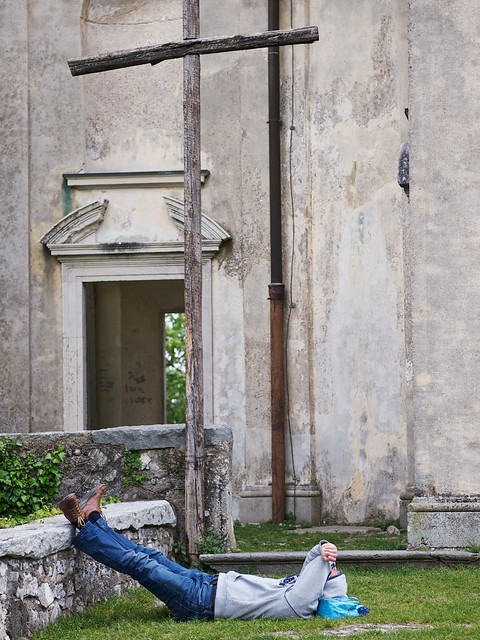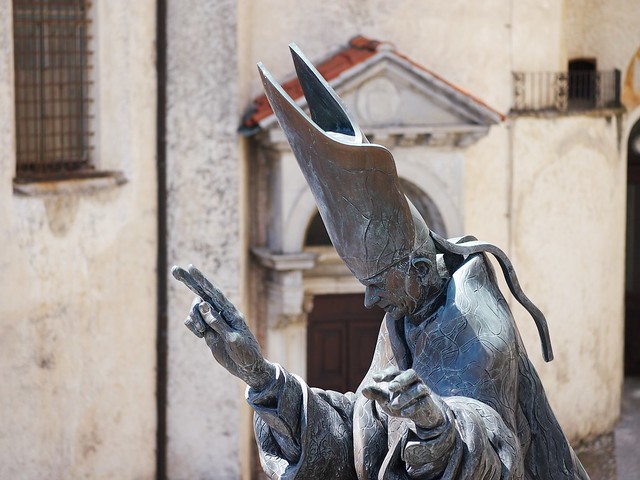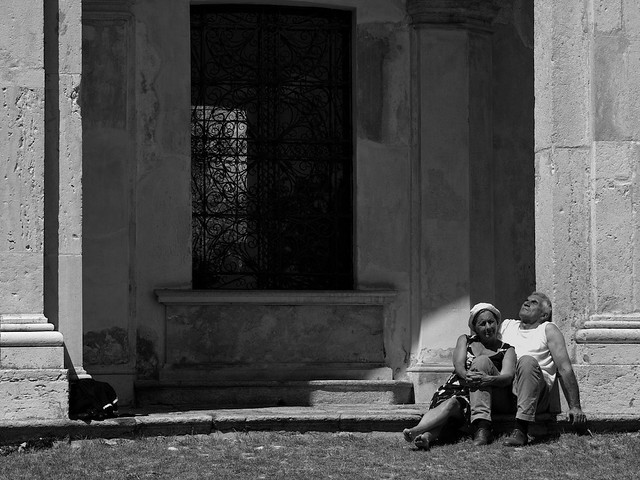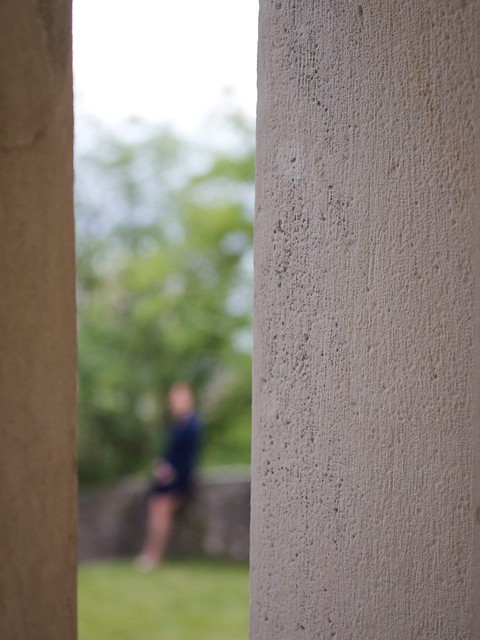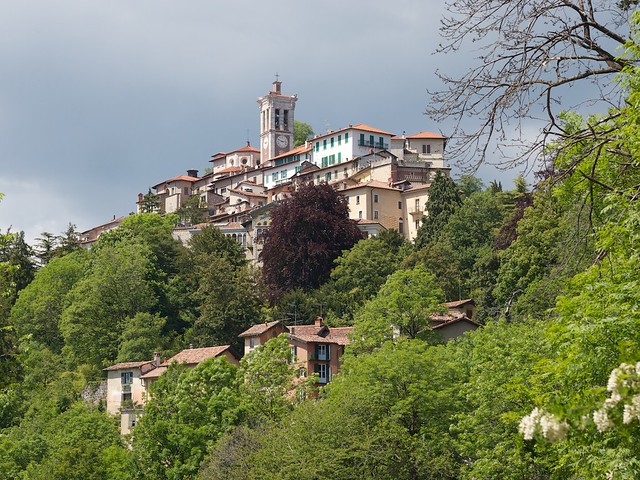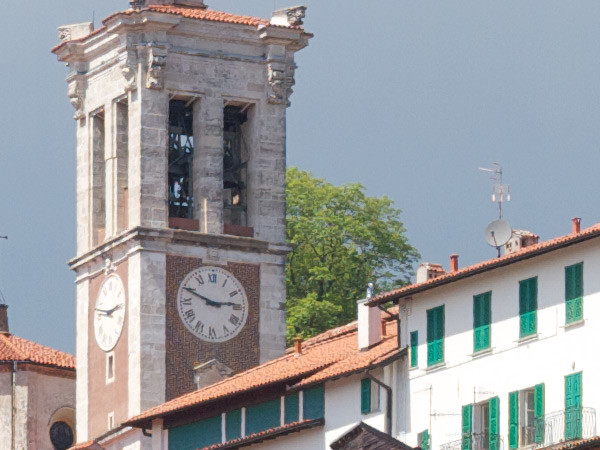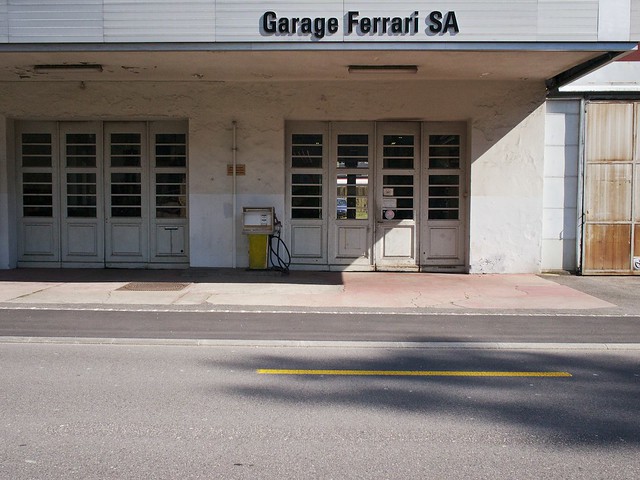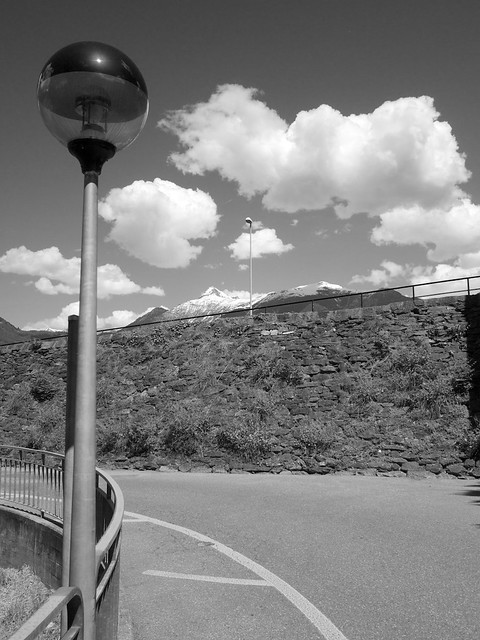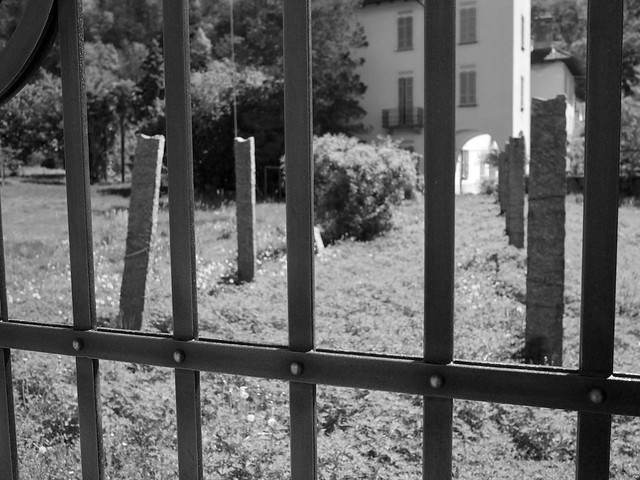Photokina Fallout
GAStrology time again
The recent avalanche of new camera announcements (albeit most of them vague promises for 2019) have once again stirred up doubt and Gear Acquisition Syndrome. As a committed and long term user of Micro Four Thirds, and Four Thirds before that, I might be wondering if all this rush towards “full frame” somehow invalidates my photography. It’s a stupid reaction, but not uncommon, and let’s face it, I’m just me against the relentless onslaught of marketing and Internet pseudo-peer pressure. Every telegraph pole out there has a raven perched on it, croaking “Micro Four Thirds is dead, nevermore!”.
I have to confess some of the offerings look tempting. The Nikon Z7 seems pretty nice in theory - I saw one in the flesh yesterday, alongside the Olympus E-M1.2 and Lumix G9 MFT cameras, and the Nikon looks about the same size as the Olympus and actually smaller than the Lumix, despite housing a sensor that’s twice the size. Then again, boy is that Nikon ugly! And not even in a quirky way.
The standard defence of MFT would be that the cameras and especially lenses are smaller and lighter. Well, although there are smaller and lighter variants in the MFT world, honestly if you want reasonably fast, weather sealed lenses, and a rugged body, in many cases you may wonder if the smaller, lighter bit starts to get a bit marginal.
I’m not so bothered, in general, about “image quality”, whatever that means. Generally any modern camera is good enough for everything except very special cases. But nevertheless, recently I have been starting to get frustrated with a certain lack of resolution of high frequency detail in the far distance. Close up, there’s no problem, the Olympus body/lens combinations can deliver all the resolution I’ll ever need. I can understand that MFT might impose too many limitations on, say, outdoor portrait or wedding photographers, but for my mixed urban/landscape stuff, generally it’s not the limiting factor. I rarely need to go over ISO 1600, indeed I’m not that often over 200, and I tend to be scaling for more depth of field, not less.
Anyway, to try to get a handle on the realities of the situation, I decided to make a small series of prints from Olympus files (all 16 Mpix) at the largest size my printer offers, A2. And, frankly, they worked out just fine. They stand up very well to high quality scans from 120 format film, and in some respects to Sigma Foveon files. Honestly, I can’t see me ever needing to print bigger - I have no actual use even for A2. If ever I did, I’m sure I can find professional printers who can go up to A1.

A2 Prints from Olympus 16Mpix files

Detail of above A2 Prints
I then started to think about a couple of future trips I have planned, which involve flights with very restricted weight limits. That’s when the apparently marginal weight advantage of MFT starts to kick in. For example, the marvellous 12-100 f/4 lens is practically on a par with any Olympus prime, even the f/1.2 series, and at a push could work as the sole lens for most trips. It weighs 560g, and with Dual IS offers unbelievable stabilisation. There is a 24-120 f/4 Nikon lens that weighs 710g and has less range (yes, I know all about depth of field, but for me this is at best irrelevant, at worst a downside). If we move up to the equally fabulous Olympus 40-150 f/2.8, which weighs 760g, then the closest Nikon I can find is the AF-S NIKKOR 70-200mm f/2.8G ED VR II, which weighs 1.5kg and is significantly more expensive and bigger. It’s at this longer end that the MFT weight advantage really kicks in. And if you’re willing to compromise a bit on aperture, then you can find very good MFT lenses that hardly register on the scales.
Certainly “full frame” sensors have an attraction and certain advantages in noise threshold, dynamic range, and resolution. But frankly, these advantages are often not much different from trivial. I’ll take the possibility of carrying an extra 150mm of focal length reach over a 0.5db increase in dynamic range.
Olympus didn’t announce ANYTHING at Photokina, which was another sign that the sky is falling on them, apparently. Well, it might not be the best news for Olympus, as new product drives sales (I suppose), but it’s fine by me: I’ve pretty much got everything I need - although that 300mm lens is sort of tempting. I don’t even have the latest body, the E-M1.2 - it doesn’t really offer me anything over my E-M5.2 or E-M1.1, and it’s noticeably bulkier. What I would like to see Olympus work on, personally, is a range of optically excellent medium aperture primes, along the lines of Leica Elmarits, and a high-end medium aperture medium zoom, within the 14-35mm range. But then again, the “low end” lenses they already offer in this range are really far from poor.
So, in summary, the grass is actually a perfectly nice hue of green on my side of the fence, and I’m sticking to it. I did vaguely hint at the one Photokina announcement that really did have me clutching my wallet: the L-Mount alliance. The thought of a full frame Sigma Foveon camera interchangeable with Leica and Panasonic bodies, all three taking each other’s lenses is really interesting news. Certainly not a solution for weight-constrained trips, but otherwise, I can see this paired with my Olympus kit as the ultimate solution - for me.



